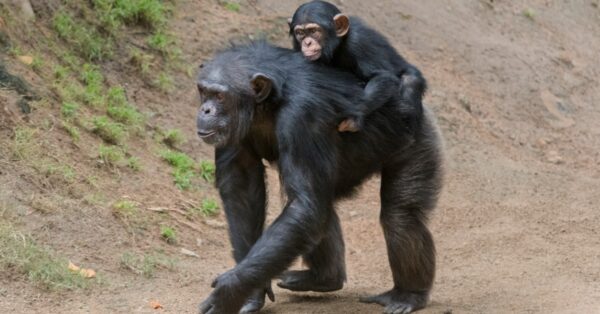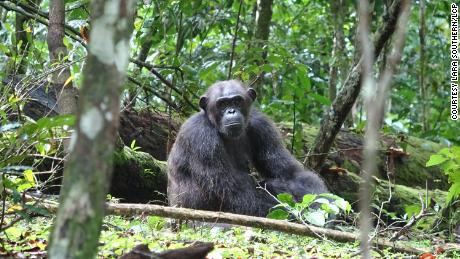

#CHIMPANZEE VS GORILLA IMAGES PROFESSIONAL#
The speed of the apes’ rope spinning was comparable to that of pirouettes in professional ballet, the turning of Ukrainian hopak dancers, Sufi dervishes and suspended spinning-rope acts by circus artists. “Spinning is proactively tapped for rapture,” Lameira and Perlman write in their study. In some orders of Sufism, a branch of Islam, dervishes spin in a form of religious dancing that induces a spiritual and trancelike state. For many autistic people, spinning serves as self-stimulation. Human children indulge in spinner bowls at playgrounds and flock to merry-go-rounds and carnival rides that spin them through the air. Perhaps for this reason, spinning is a staple of children’s play. We might feel dizzy or light-headed, get a head rush, and act elated or giggly. The movement disrupts humans’ vestibular system, which senses changes in motion, orientation, position and body speed. Spinning turns the world into a blur for apes-including humans. “YouTube provided a volume of data that we would not have ever been able to collect,” Lameira says. Many great apes in captivity are being retired from medical research, making the hundreds of videos in existence an invaluable resource. In their paper, Lameira and Perlman document the spinning and speculate about what that drive to spin means in our closest animal relatives. Gorillas in particular “literally spin themselves until they kind of drop and fall over from dizziness,” Hobaiter adds. “It’s one of their favorite kinds of play when they’re young,” she says. Andrews in Scotland, who wasn’t involved in the study, says she has encountered plenty of spinning in her work with wild chimpanzees and gorillas. They would let go of the rope and topple over from unsteadiness-and then get up and spin again and again.Ĭat Hobaiter, a primatologist at the University of St. The apes seemed to lose themselves in their movements. But to Lameira, the apparent playfulness made it seem instead like an enriching and creative activity. In the films they analyzed, orangutans, gorillas, chimpanzees and bonobos hung by their hands from ropes or vines and turned through the air at dizzying speeds.Īt first glance, such spinning might look like a stereotypy: repetitive movement that some animals engage in when bored.

He and Perlman co-authored a paper in Primates that focuses on primate spinning-specifically, on rope twirls. “They spin pirouettes on their feet they do backflips they roll on their side they do somersaults forward they roll down hills, spin on ropes,” Perlman says.Īdriano Lameira, a primatologist and evolutionary psychologist at England’s University of Warwick, was also fascinated by online videos of apes spinning. He went on to find around 400 more clips of spinning apes. Perlman, a lecturer in English language and linguistics at the University of Birmingham in England, had researched communicative gesturing, and the videos sparked his curiosity about this form of great ape behavior. Zola whirled in a blue plastic kiddie pool as the water splashed up around him. In 2017 he noticed Zola again, this time in a viral video from the Dallas Zoo in Texas. In 2011 Marcus Perlman saw a YouTube video of a gorilla named Zola spinning in circles while playing in a water puddle at the Calgary Zoo in Alberta, Canada.


 0 kommentar(er)
0 kommentar(er)
